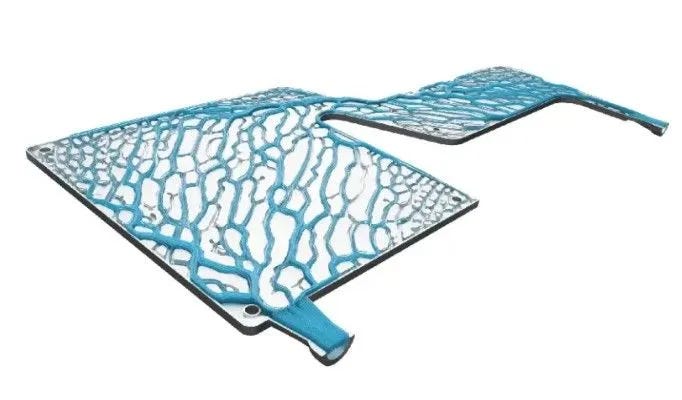Turbulence-Free Flights, Open-Source Multiphysics & Thermo-Fluid Optimization
📚 Free education is abundant, all over the Internet. It's the desire to learn that's scarce.
💻 Free Session: Next-Generation Open-Source Multiphysics
IANUS presents a next-generation open-source multiphysics framework designed for flexible, scalable, and robust simulation of multi-region continuum problems within the OpenFOAM ecosystem. With a novel modular architecture, this framework enables seamless integration of arbitrary physical subdomains and supports both monolithic and partitioned coupling strategies, at the level of each individual transport equation.
🌀 Turbulence-free flights are coming soon!
Turbulence Solutions is a startup developing software and hardware components for aircraft to cancel clear air turbulence.
I will also record a podcast with Yves Remmler from the company quite soon!
💦 CoSimIO Solver and Script Coupling
This repository is based on the official CoSimIO tutorial provided by Kratos Multiphysics. Most of the files differ from the original examples to meet our specific needs, particularly in coupling CoSimIO with another solver. This repository is designed to walk you through the basics, step by step, until you reach the point of coupling two different solvers: Kratos Multiphysics with OpenFOAM. This advanced coupling scenario is not covered in the original repository. For a more detailed exploration of CoSimIO and its capabilities, we encourage you to visit the official documentation and tutorials.
🔥 Thermo-fluid optimization for space applications
Optimization of heat exchange and cooling technology has evolved through various techniques, including Design of Experiments (DOE), parametric optimization, and surrogate modeling. While each method has brought advancements, they’ve also faced limitations, ranging from constraints on parameter complexity to the need for extensive training data.
♨️ The Schlieren Method
Schlieren imaging systems have been used since the early 1800’s to visualize fluctuations in optical density. As a dynamic and straightforward visualization tool, these systems are primarily applied to conduct qualitative visual studies.
Schlieren optics provide an informative, non-intrusive method for studying transparent and optical media. It is beneficial to use them in fluid dynamics studies because they are sensitive to changes and do not interfere with flow. They are also used to study optical media and changes in refractive index within the material. Most commonly, schlieren systems have been applied to visualize diverse subjects such as striations in blown glass, inhalation in humans and animals, shock waves from a plane in flight, and heat emanating from a system. Source
🎬 Video of the Week
💻 Engineering Tool of the Week – FEBio - Multiphysics Finite Element Simulations in Biomechanics & Biophysics
FEBio is a softwarol for nonlinear finite element analysis in biomechanics and biophysics and is specifically focused on solving nonlinear large deformation problems in biomechanics and biophysics. Aside from structural mechanics, it can also solve problems in mixture mechanics (i.e. biphasic or multiphasic materials), fluid mechanics, reaction-diffusion, and heat transfer.
📚Book of the Week - Notes on Computational Fluid Dynamics: General Principles
The book offers a modern perspective on CFD with the finite volume method, as implemented in OpenFOAM and other popular general-purpose CFD software. Fluid dynamics, turbulence modelling and boundary conditions are presented alongside the numerical methods and algorithms in a series of short, digestible topics, or notes, that contain complete, concise and relevant information.
Let’s connect on Instagram or LinkedIn!
For any business-related issues or collaborations, email me at support@jousefmurad.com!
Keep engineering your mind! 🧠
Jousef








